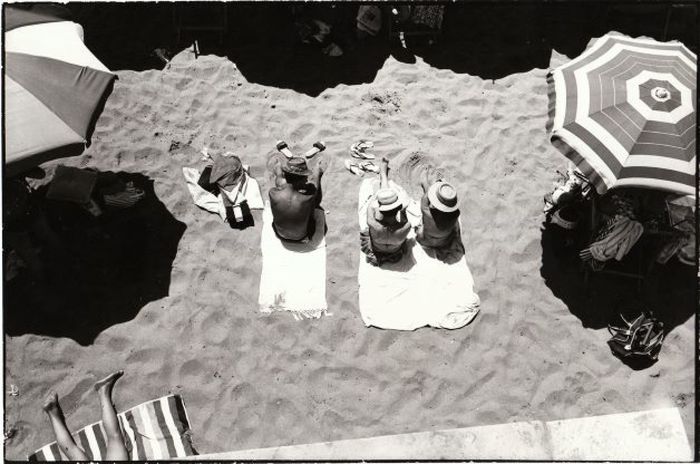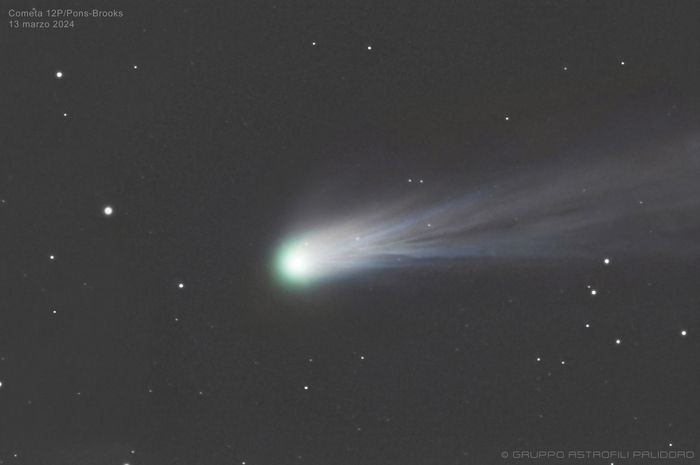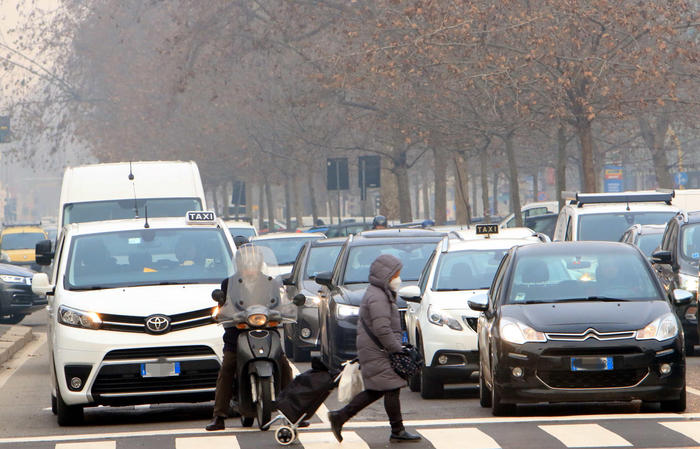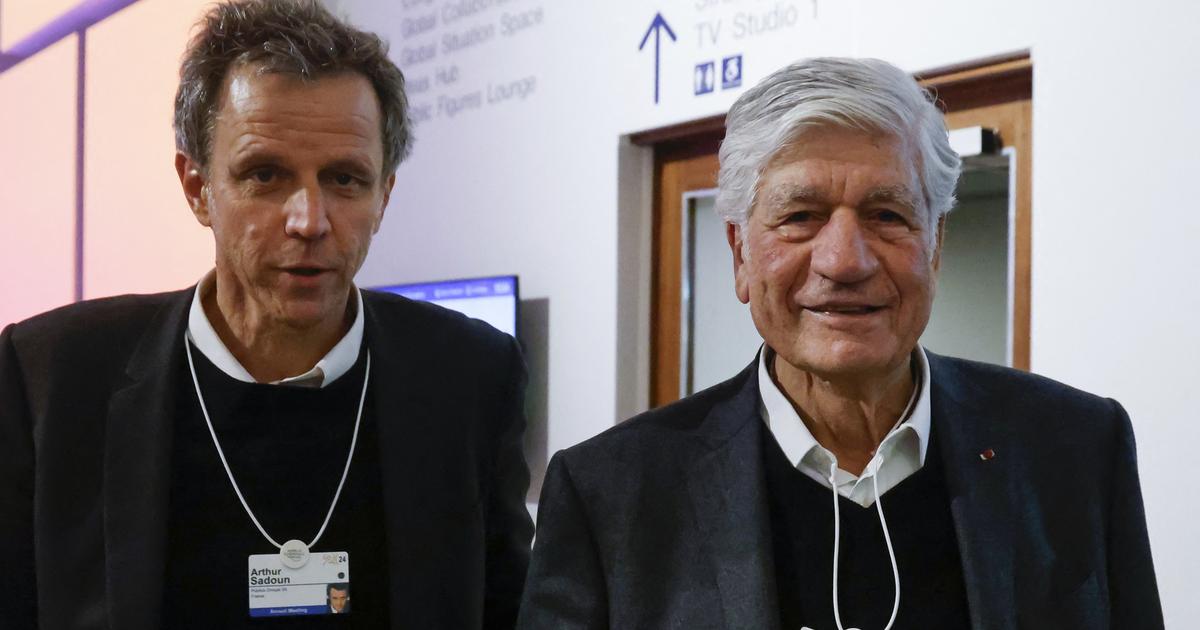Small gestures, retouched signs, shops and 'ramshackle' shops, bodies stretched out on the summer sand between umbrellas on the free beach and bathing establishments for unpretentious customers, the girl eating ice cream passing in front of the 'hands off Cuba' poster ', moments of ordinary life but, above all, the' talking 'gazes of ordinary people or great artists such as Lucio Fontana and Alberto Burri and the geometries of the shots studied with care. Quanta Italia filters from the black and white of the images of Giuseppe Loy, a passionate photographer who has dedicated a lifetime to putting together his `` visual notes '' with method and irony to compose the puzzle of a country that was changing its skin. That work carried out from 1959 to 1981 was suddenly interrupted by theheart attack that took away this 'anomalous' artist of the shot at the age of 56. The beautiful exhibition dedicated to him until February 27 Palazzo Barberini, curated by his son Angelo and Chiara Agradi, tells the story of that path.
'' A certain Italy '', the first retrospective 40 years after the death of Giuseppe Loy, brother of the director Nanni and husband of the writer Rosetta, is the opportunity to present the archive in grand style - 1565 black and white rolls, 338 in color, 1800 prints and documents - left by the artist already organized and well preserved in the attic of the house. In the rooms of the National Galleries of Ancient Art, 135 original prints, documents, poems, family photos and a film describe the friendship of the Cagliari photographer - in Rome since 1938 - with Burri, Fontana and Afro. Burri was his neighbor and owes his fame to the shots that portray the painter Loy. Here, however, he wanted to document his sociological research on Italy from the boom years,to offer a more complete reading and "clear the artist 's customs, showing his intimate side and the ironic eye, giving him the right place, the hoped-for and never required recognition". Loy, underlines Chiara Agradi, ranges from humanist photography to denunciation of the aggression of construction in the Italian territory between the sixties and eighties, to the story of the relationship with the three artists.
The title of the exhibition - and of the accurate catalog that accompanies it - takes up the book on which Loy was working for Einaudi which he was unable to complete. Angelo Loy recovered the manuscript facing, he explains, a '' strong emotional journey and at some heartbreaking moments, each contact sheet showed 36 moments from my father's life ''. The sections of the exhibition, built on the photographer's notes, present mostly oversized works, the result of the long work of cutting the frames. Some images, moreover, seem constructed like paintings, the pieces of walls and sheets that enter the viewfinder recall Burri's material and abstract painting. The page dedicated to the '' sea of the Italians '' is the one with the greatest effect, with thea sketch of a seaside tourism that was not yet mass-market, which alongside equipped beaches was accompanied by the pop choice of a free umbrella with tables, folding chairs and a portable fridge. The Eighties, on the other hand, are on a black background "dark, like that period". '' Those of Giuseppe Loy are not landscape photos. In each one there is a strong sign of the human element '', explain the curators, where the sociological reading of that Italy in transformation is accompanied by a gaze steeped in irony. Irony is, in fact, the title of one of Giuseppe's epigrams that appears among the documents of a reliquary and well summarizes the spirit of the character.like that period ''. '' Those of Giuseppe Loy are not landscape photos. In each one there is a strong sign of the human element '', explain the curators, where the sociological reading of that Italy in transformation is accompanied by a gaze steeped in irony. Irony is, in fact, the title of one of Giuseppe's epigrams that appears among the documents of a reliquary and well summarizes the spirit of the character.like that period ''. '' Those of Giuseppe Loy are not landscape photos. In each one there is a strong sign of the human element '', explain the curators, where the sociological reading of that Italy in transformation is accompanied by a gaze steeped in irony. Irony is, in fact, the title of one of Giuseppe's epigrams that appears among the documents of a reliquary and well summarizes the spirit of the character.the title of one of Giuseppe's epigrams that appears among the documents of a reliquary and well summarizes the spirit of the character.the title of one of Giuseppe's epigrams that appears among the documents of a reliquary and well summarizes the spirit of the character.
'' It is one of the weapons that allows us to apply intelligence to everyday life.
But we Italians have - they say - little irony.
But not for lack of intelligence: for lack of newspaper ''.
Angelo tells of having found in a note from 1975 the reason for the meticulous order and organization that his father had given to his material.
'' I delude myself, dead, to leave something that others can carry on.
Trivia, but that work if added to the little or much that other men leave behind. ''















